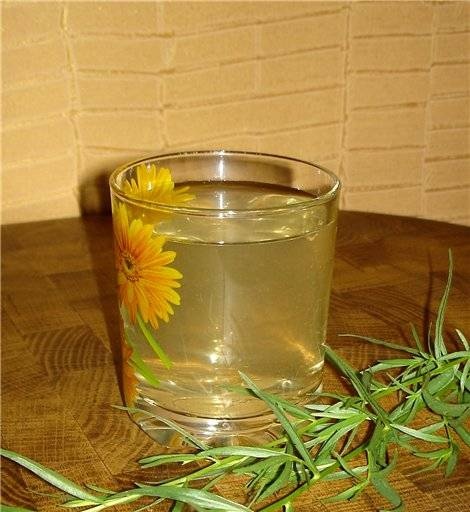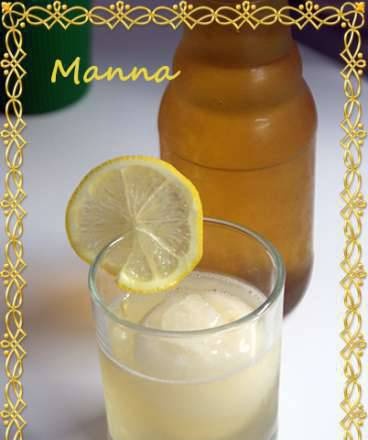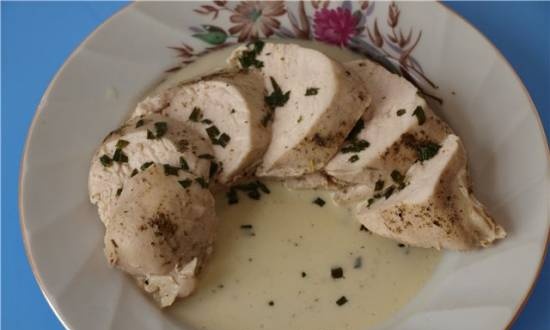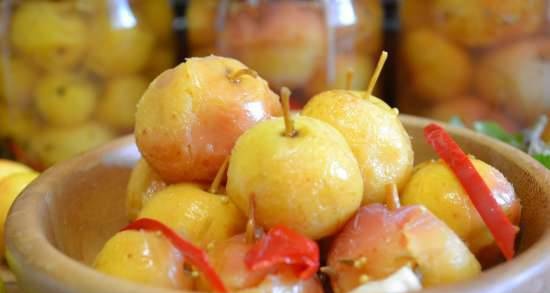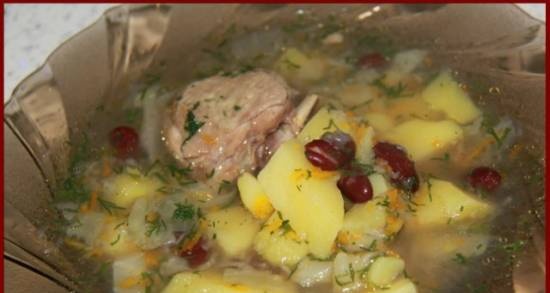Sagebrush |
|
You can meet wormwood almost everywhere: in Europe, Siberia, the Caucasus, the Crimea and Central Asia, in meadows, in the steppes, semi-deserts, in river valleys and in the mountains, along roads and in weedy places near dwellings ... Most types of wormwood distributed in the temperate zone of Europe, Asia and North America.
Medicinal properties of wormwood have been known since ancient times. "Geoponics" recommended to drink tincture or decoction from sunstroke during field work. The ancient Greeks knew about many properties of wormwood, which, in addition to legends, are reported by the works of Dioscorides and Pliny. The winner of an equestrian competition in ancient Rome received the right to take a sip of bitter wormwood tincture. In the Middle Ages, its juice was mixed with milk, the resulting drink was considered a remedy "against worms in the womb." Europeans bred wormwood in the monastery gardens as early as the 9th century.
In medicine, other types of wormwood are also used, for example, ordinary wormwood. In the past, miraculous properties were attributed to this plant - to protect from monsters, witchcraft, and diseases. The root was used for nervous diseases. And now in the west, wormwood is used for epilepsy, jaundice and as an anthelmintic. Young shoots and boiled leaves can be used as a seasoning for meat and fish dishes. Despite the fact that wormwood is considered a weed plant, in some countries it is cultivated (Italy, France, countries of the Balkan Peninsula).
Another type of wormwood - tarragon, is obviously the most familiar to readers. Tarhun is its name in Ancient Syria. The Latin specific name of this plant is translated as "little dragon, monster, snake", which is obviously associated with the shape of the leaves, similar to a snake tongue. Tarragon has been cultivated for a long time. Europeans borrowed its culture from Asia Minor in the Middle Ages. Since then, tarragon has been used in cooking, for flavoring vinegar and mustard, for salting vegetables, making drinks, including in our country "Tarhuna".This plant is widely used in French, Georgian, Chinese cuisines. The essential oil is used in perfumery, and medicine is recommended as an antihelminthic agent. In our country, however, another type of wormwood was called "the tree of God" - high wormwood. It is indeed a very tall plant, almost as tall as a man, with green dissected leaves and a large panicle - an inflorescence.
S. G. Andreev Similar publications |
| Medicinal chamomile | Celandine |
|---|
New recipes
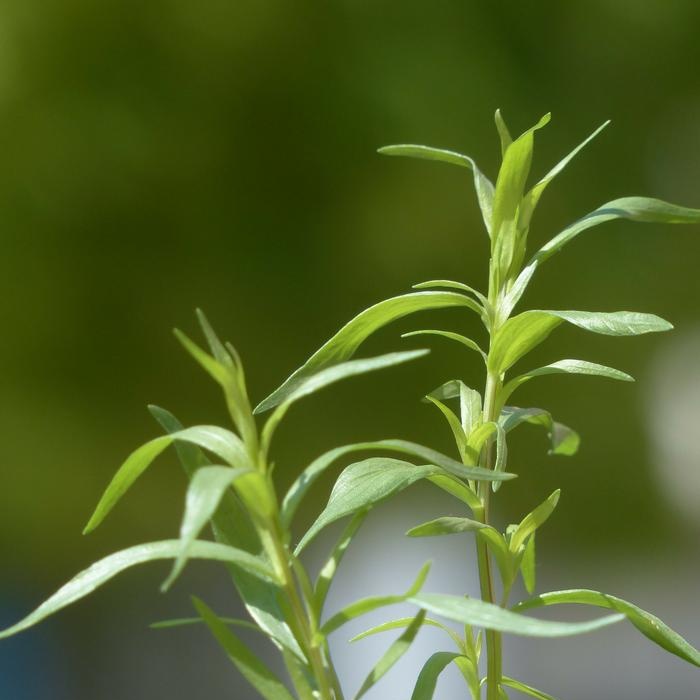 Over 400 species of wormwood are known throughout the world, of which 174 are found in our area. These are perennial, mostly tall grasses with straight stems, repeatedly dissected by thin gray-green leaves. The flowers of the wormwood are very small, collected in basket inflorescences, like all representatives of the Compositae family.
Over 400 species of wormwood are known throughout the world, of which 174 are found in our area. These are perennial, mostly tall grasses with straight stems, repeatedly dissected by thin gray-green leaves. The flowers of the wormwood are very small, collected in basket inflorescences, like all representatives of the Compositae family.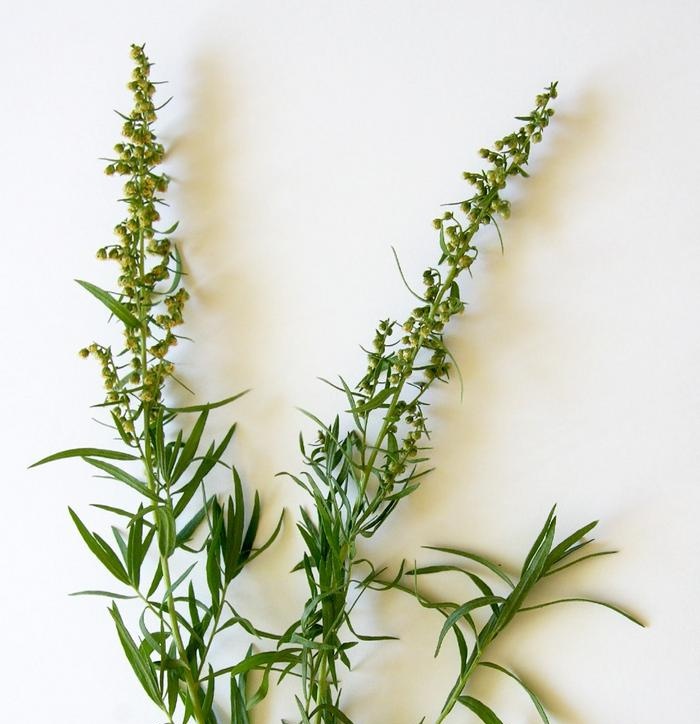 There are several versions about the origin of the Latin name of the plant Artemisia. According to one of them, the plant is named in honor of the wife of the king Mausolus Artemisia. On the other hand, the name is associated with the Greek word "healthy", indicating the healing properties of wormwood. According to the third version, it is named after the goddess Artemis. Here is what is said about wormwood in the medieval treatise "On the properties of herbs":
There are several versions about the origin of the Latin name of the plant Artemisia. According to one of them, the plant is named in honor of the wife of the king Mausolus Artemisia. On the other hand, the name is associated with the Greek word "healthy", indicating the healing properties of wormwood. According to the third version, it is named after the goddess Artemis. Here is what is said about wormwood in the medieval treatise "On the properties of herbs": She was also popular in Russia. In the old days, it was considered a means of enchanting sweet or sweet. For special occasions it was collected for the Assumption (August 28), tied in bundles and then consecrated in the church. And on the day of St. Thomas, at Christmas or for baptism, they fumigated houses with them. It was believed that this scares away witches and brownies. Modern medicine uses herbs to improve the functioning of the digestive system. Capillin isolated from essential oil has fungicidal properties, Japanese scientists consider capillin to be an active antibiotic.
She was also popular in Russia. In the old days, it was considered a means of enchanting sweet or sweet. For special occasions it was collected for the Assumption (August 28), tied in bundles and then consecrated in the church. And on the day of St. Thomas, at Christmas or for baptism, they fumigated houses with them. It was believed that this scares away witches and brownies. Modern medicine uses herbs to improve the functioning of the digestive system. Capillin isolated from essential oil has fungicidal properties, Japanese scientists consider capillin to be an active antibiotic.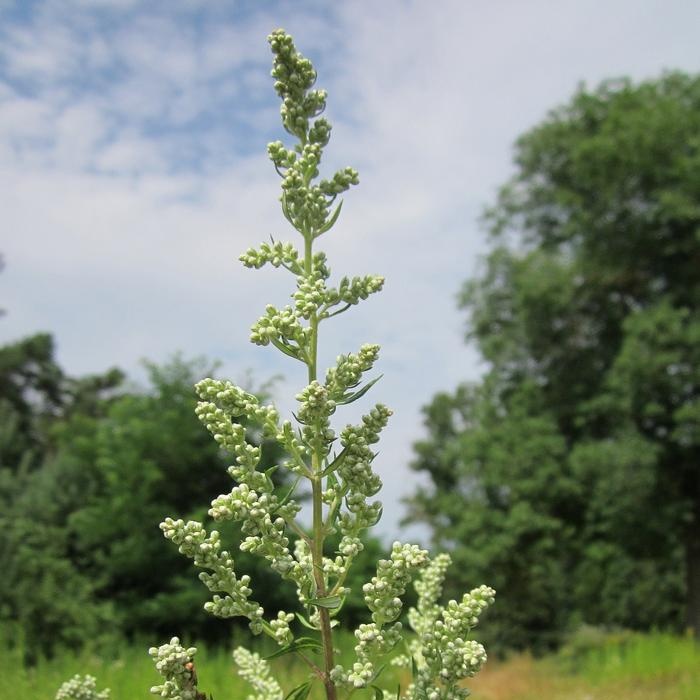 Another type of wormwood is abrotan (
Another type of wormwood is abrotan (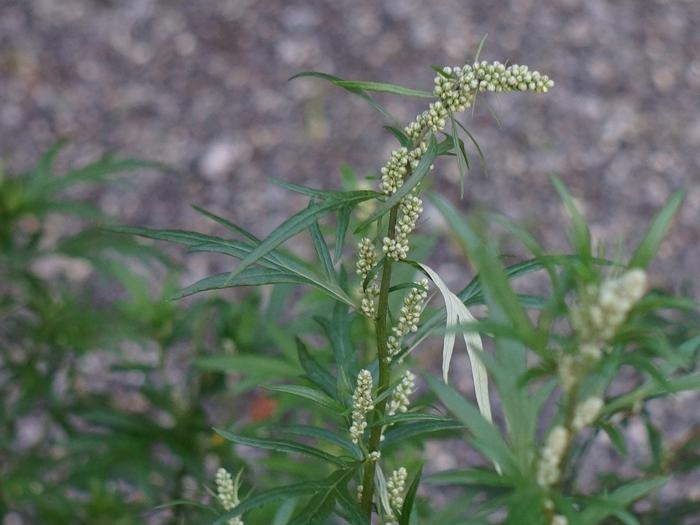 Another type of wormwood - citrine - is of industrial importance for medical purposes. It grows only in the South
Another type of wormwood - citrine - is of industrial importance for medical purposes. It grows only in the South 